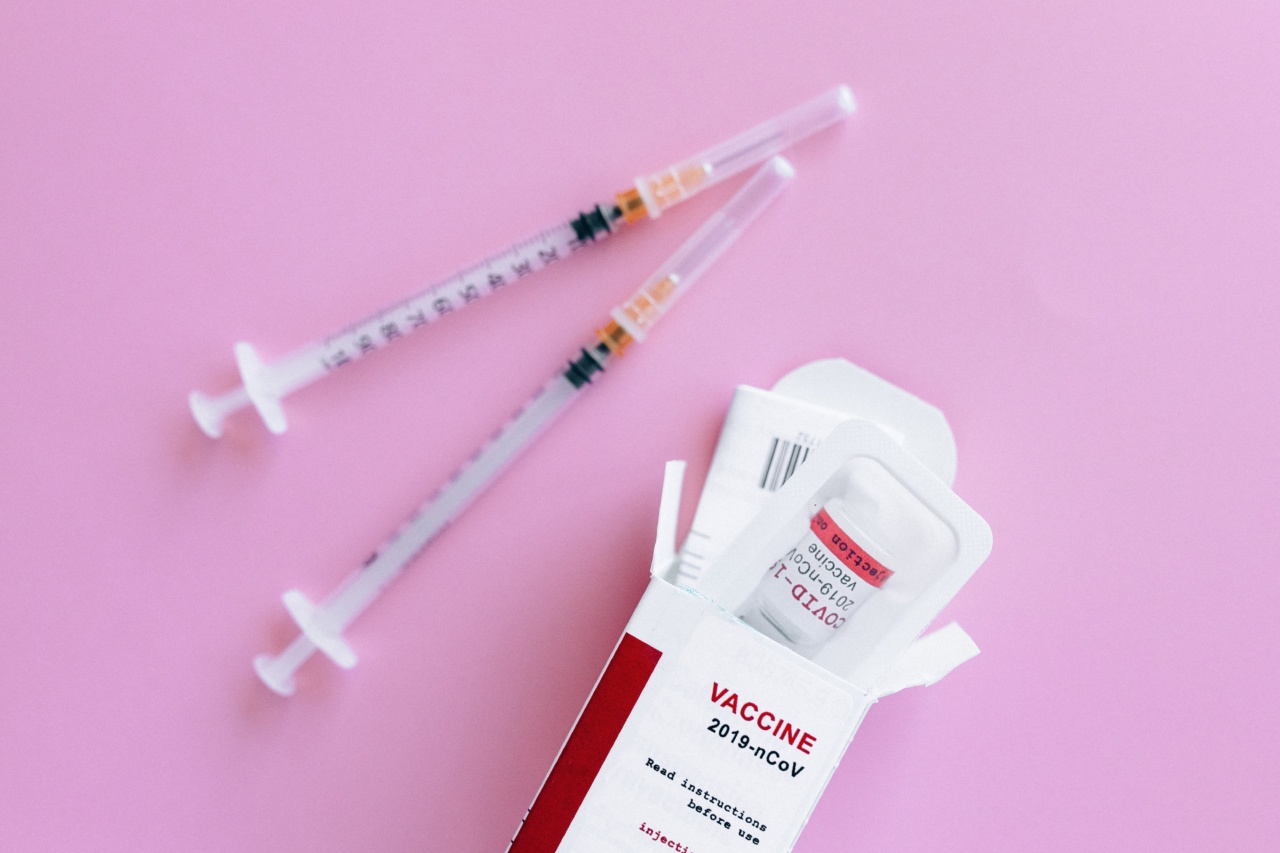As the world grapples with the devastating impact of the ongoing COVID-19 pandemic, scientists and researchers are tirelessly working to unravel the origins and nature of the virus.
The virus, officially named SARS-CoV-2, has caused widespread illness and death across the globe, prompting investigations into its source. Recent studies and evidence suggest that the new coronavirus likely originated in bat populations, emphasizing the need for increased surveillance and regulation to prevent future pandemics.
1. Bats as Reservoirs of Viruses
Bats have long been known to harbor a variety of viruses, including highly pathogenic ones. This can be attributed to their unique immune systems and flying behavior, which allows them to host a large viral load without exhibiting severe symptoms.
They are also known to live in close proximity to humans in many parts of the world, creating opportunities for viral spillover.
2. Coronaviruses and the Link to Bats
Coronaviruses, a family of viruses that includes SARS-CoV-2, have been traced back to bat populations in previous outbreaks.
The severe acute respiratory syndrome (SARS) epidemic in 2002-2003, caused by a coronavirus called SARS-CoV, was linked to the consumption of palm civets and the subsequent transmission from bats to these animals. Similarly, the Middle East respiratory syndrome (MERS) outbreak in 2012 was found to have originated from camels, with bats acting as the primary source.
3. The Role of Wet Markets in Transmission
Wet markets, where live animals are sold for consumption, have been implicated in the transmission of zoonotic diseases.
Bats and other wildlife are often sold in these markets, often in unsanitary and crowded conditions, creating the perfect breeding ground for viruses to jump from animals to humans. Studies have shown that the close proximity of different species in these markets increases the risk of viral spillover, as viruses can easily mutate and adapt to new hosts.
4. Genomic Analysis and Bat-Origin Hypothesis
Genomic analysis of SARS-CoV-2 has provided valuable insights into its origins. The virus shares a high degree of similarity with several bat coronaviruses, particularly those found in horseshoe bats.
However, there are notable differences between the two, suggesting the involvement of an intermediate host. Previous studies have identified pangolins as a possible intermediate host, with the virus circulating between bats and pangolins before spilling over to humans.
5. Understanding the Transmission Dynamics
Studying the transmission dynamics of viruses is crucial for developing effective strategies to prevent future outbreaks. Scientists have been analyzing the spread of SARS-CoV-2 from bats to humans to better understand the pathways of transmission.
This includes investigating the genetic changes that occurred during the spillover event and identifying the environmental and behavioral factors that facilitated the transmission.
6. Lessons from Previous Outbreaks
The SARS and MERS outbreaks have taught us valuable lessons about the importance of early detection and rapid response. The delayed response to these outbreaks allowed the viruses to spread rapidly, resulting in significant human and economic costs.
Implementing robust surveillance systems, enhancing collaboration between countries, and investing in research and development are vital to mitigate the risks associated with bat-borne viruses.
7. Reducing the Risk of Future Pandemics
To reduce the likelihood of future viral spillover events and pandemics, several measures can be taken.
Strengthening regulations on wildlife trade, particularly in relation to wet markets, can help minimize the potential for zoonotic disease transmission. Additionally, improving the understanding of bat ecology and behavior can aid in the identification of high-risk regions and species, enabling targeted surveillance and mitigation efforts.
8. The Importance of Public Awareness
Creating awareness among the general public about the risks associated with zoonotic diseases is crucial. Education campaigns can help promote responsible behavior, such as avoiding the consumption of wildlife and adopting proper hygiene practices.
Public awareness also plays a vital role in reducing stigmatization and discrimination against certain communities or species, which can arise during disease outbreaks.
9. Collaborative Research Efforts
Addressing the global threat of bat-borne viruses requires collaborative research efforts at both the national and international levels.
Sharing data, knowledge, and resources can aid in the development of effective preventive measures and the rapid response to outbreaks. International cooperation can also facilitate the exchange of expertise and strengthen the capacity of countries to detect and respond to emerging infectious diseases.
10. Conclusion
While the exact origins of SARS-CoV-2 are still being investigated, substantial evidence points to bats as the primary reservoirs of the virus.
Understanding the dynamics of viral spillover and implementing preventive measures are imperative for preventing future pandemics. Through enhanced surveillance, informed regulations, public awareness, and international collaboration, we can reduce the risk of zoonotic disease transmission and protect both human and animal populations.































